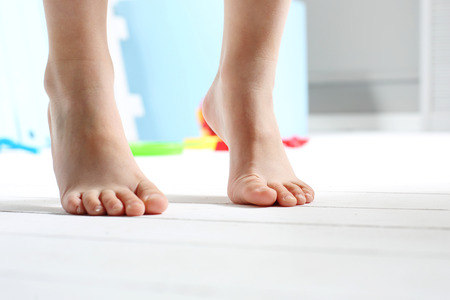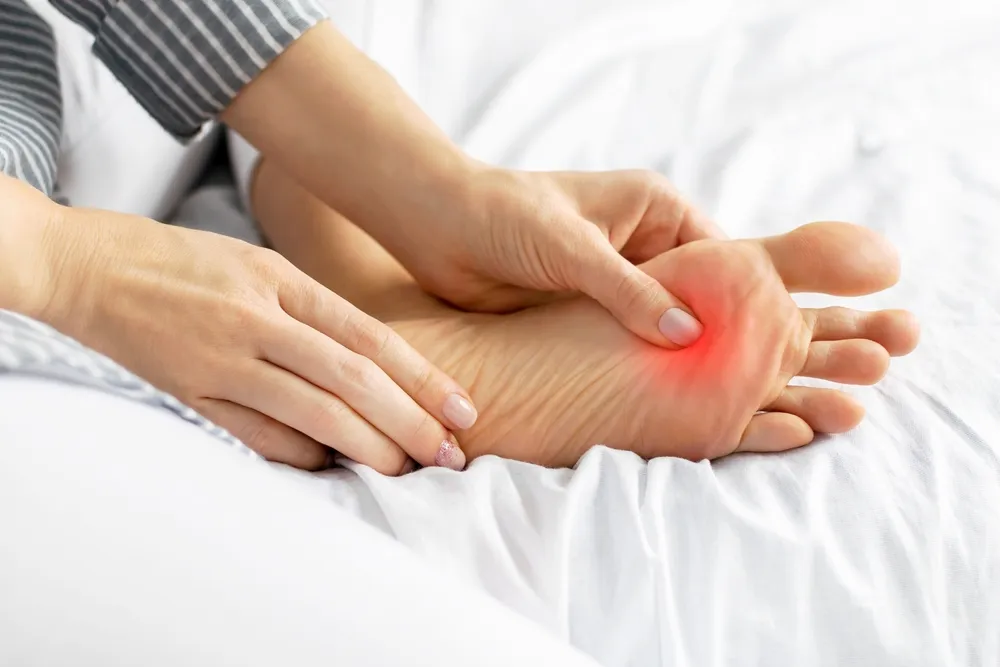Over the counter orthotics for flat feet are an effective and accessible solution for individuals who suffer from this condition. Flat feet, also known as fallen arches, occur when the arch of the foot collapses, causing the sole of the foot to come into contact with the ground. This can lead to a range of symptoms, including pain, discomfort, and instability, and can even result in more serious problems such as knee and back pain.

Over the counter orthotics are designed to provide extra support to the arch of the foot, alleviating the symptoms of flat feet. They are available in a variety of different forms, including shoe inserts, insoles, and arch supports. This article will explore the different types of over the counter orthotics for flat feet and the benefits they offer.
Why Are Over the Counter Orthotics for Flat Feet Important?
Flat feet can cause a range of problems, including pain, discomfort, and instability. Over time, these symptoms can worsen, leading to more significant problems such as knee and back pain. This is because flat feet can cause an imbalance in the body, leading to an improper distribution of weight and pressure on the feet, legs, and lower back.
Over the counter orthotics are designed to provide extra support to the arch of the foot, reducing pain, improving stability, and preventing further damage to the feet. They can also alleviate the symptoms of conditions such as plantar fasciitis, heel spurs, and overpronation.
There are several different types of over the counter orthotics for flat feet, each with its own unique benefits and limitations. The best option will depend on the individual’s needs and preferences.
Types of Over the Counter Orthotics for Flat Feet
Shoe inserts are a popular and affordable option. They are lightweight and flexible and are designed to fit into most types of shoes. Shoe inserts are a great choice for individuals who are looking for a low-cost option or who have mild symptoms of flat feet.
Insoles are another type of over the counter orthotic for flat feet. They are designed to be placed inside the shoe, providing additional support to the arch of the foot. Insoles are a great choice for individuals who have more severe symptoms of flat feet or who are looking for a more cushioned and comfortable option.
Arch supports are another type of over the counter orthotic for flat feet. They are designed to provide extra support to the arch of the foot, reducing pain and discomfort. Arch supports are a great choice for individuals who experience severe pain or discomfort as a result of flat feet.
Benefits of Over the Counter Orthotics for Flat Feet
Over the counter orthotics for flat feet offer a number of benefits, including reducing pain and discomfort, improving stability, and reducing the risk of injury. By redistributing the weight of the body over the foot and providing additional support to the arch, over the counter orthotics can help to alleviate pain and discomfort in the feet, legs, and lower back.

In addition to reducing pain and discomfort, over the counter orthotics can also improve stability and reduce the risk of injury. By improving the alignment of the feet and legs, over the counter orthotics can help to reduce the risk of injury and improve stability. They can also help to reduce overpronation, a common cause of pain and injury in individuals with flat feet.
Finally, over the counter orthotics can help to improve posture and reduce fatigue. By realigning the body, over the counter orthotics can help to improve posture and reduce fatigue, allowing individuals with flat feet to remain active and comfortable throughout the day.
Another important aspect to consider when using flat foot insoles is to make sure that they are compatible with your shoes. Not all shoes are designed to accommodate insoles, and it is important to make sure that your shoes are suitable for flat foot insoles before making a purchase. Some shoes may have a removable insole, which makes it easier to insert flat foot insoles. However, other shoes may not have a removable insole, making it more difficult to use flat foot insoles.
Additionally, it is important to consider the type of activity you will be using your flat foot insoles for. Different types of insoles may be better suited for different activities, such as running, walking, or standing. For example, running insoles are designed to provide maximum support and cushioning during high-impact activities, while walking insoles are designed to provide comfort and support during low-impact activities.